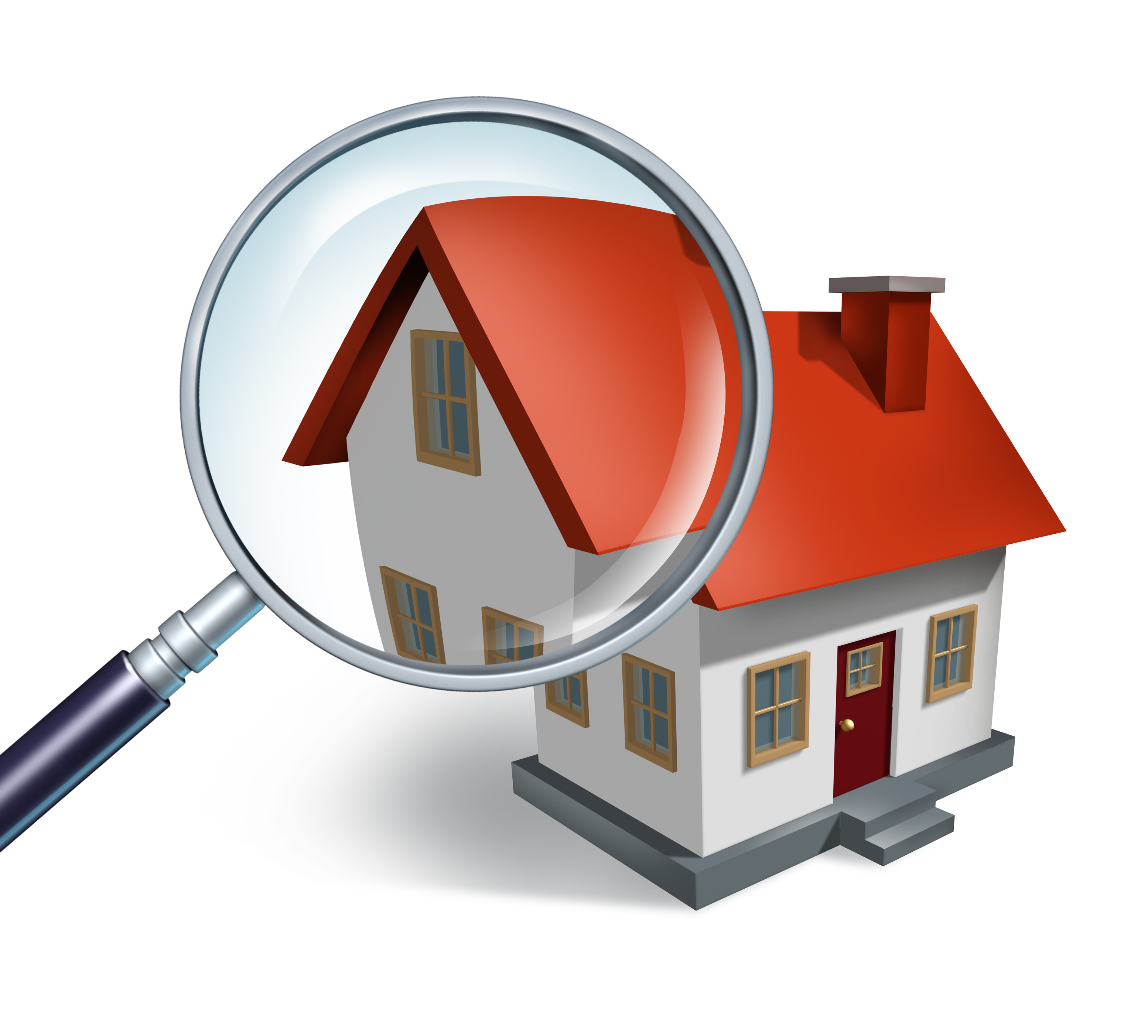Condition Report
Contents |
[edit] Introduction
A Condition Report (or Home Condition Report HCR) is a type of building survey. Building surveys are a means of providing an evaluation of a property’s condition. They may be prepared for individual homeowners, home buyers or for investors in property portfolios to help inform future investments.
Homebuyer Reports are a type of condition report that was introduced in 2009 and follow a format specified by the Royal Institution of Chartered Surveyors (RICS). They are sometimes referred to as a Homebuyer Survey.
[edit] Condition Report specifics
A Condition Report is one of three types of Homebuyer Surveys that can be undertaken by Surveyors. It is referred to as the Level One survey by RICS; Level Two is the Homebuyer Report and Level Three is the Building Survey.
For more information, see Homebuyer Report or Building Survey.
As the lowest cost option, a Condition Report describes the condition of the property, identifies any risks and highlights any urgent defects or legal issues that need to be addressed. It also provides information regarding the location, local environment and the recorded energy efficiency for the property.
Unlike the Homebuyer Report or Building Survey, the Condition Report does not offer recommendations or advice (or estimates for repair costs) regarding negative issues, should any be found. It also excludes valuation of the property, although the surveyor may be able to offer this as an additional service.
Due to its scope, a Condition Report is generally more suitable for conventional homes or properties less than five years old. The property should be in relatively good condition constructed from commonly used materials and with an up-to-date maintenance history that is readily available. This type of report is not appropriate for older buildings, properties with a history of defects or buildings that have been constructed in an unconventional manner.
[edit] How is a Condition Report performed?
During a Condition Report, the surveyor takes a visual inspection only of the building and its services, including:
- Inside and outside of the main building and any permanent outbuildings.
- Parts of the electricity, gas/oil, water heating and drainage services that can be seen (note that these utilities will not be tested during the Condition Report).
- Roofs, chimneys and other surfaces on the outside of the building.
- Floor surfaces and under-floor spaces that can be safely accessed.
[edit] The rating system
Ratings in a Condition Report are broken down into a three tier traffic light system. This same system is used for all three types of Homebuyers Surveys by RICS.
- Condition rating 1 (GREEN). There is no need for repair, but the property should be regularly maintained.
- Condition rating 2 (AMBER). There are some areas with defects that require replacement or repair, but these actions are not urgent. While these defects should not have an impact on the value of the property, they are serious defects that should be maintained and eventually repaired.
- Condition rating 3 (RED). These defects are serious and in need of urgent investigation, repair or replacement. Their condition could have an impact on the overall purchase of the property and could be factored into renegotiation of the contract due to their possible cost.
There is one additional category, NI, which represents elements that were not inspected (due to the limitations of a visual inspection).
In addition to the NI rating, the surveyor should make a note of any part of the property that should have been included but could not. The report should record concerns the surveyor may have had regarding the omission and include any recommendations for additional investigations.
A sample Condition Report is available as a downloadable PDF from the RICS website.
[edit] Related articles on Designing Buildings
- Building survey.
- Change control procedure for building design and construction.
- Energy certificates for buildings
- Homebuyer Report
- Home report
- Property valuation.
- Royal Institution of Chartered Surveyors RICS
- Surveyor.
- Technical due diligence for development sites.
[edit] External resources
Featured articles and news
RTPI leader to become new CIOB Chief Executive Officer
Dr Victoria Hills MRTPI, FICE to take over after Caroline Gumble’s departure.
Social and affordable housing, a long term plan for delivery
The “Delivering a Decade of Renewal for Social and Affordable Housing” strategy sets out future path.
A change to adoptive architecture
Effects of global weather warming on architectural detailing, material choice and human interaction.
The proposed publicly owned and backed subsidiary of Homes England, to facilitate new homes.
How big is the problem and what can we do to mitigate the effects?
Overheating guidance and tools for building designers
A number of cool guides to help with the heat.
The UK's Modern Industrial Strategy: A 10 year plan
Previous consultation criticism, current key elements and general support with some persisting reservations.
Building Safety Regulator reforms
New roles, new staff and a new fast track service pave the way for a single construction regulator.
Architectural Technologist CPDs and Communications
CIAT CPD… and how you can do it!
Cooling centres and cool spaces
Managing extreme heat in cities by directing the public to places for heat stress relief and water sources.
Winter gardens: A brief history and warm variations
Extending the season with glass in different forms and terms.
Restoring Great Yarmouth's Winter Gardens
Transforming one of the least sustainable constructions imaginable.
Construction Skills Mission Board launch sector drive
Newly formed government and industry collaboration set strategy for recruiting an additional 100,000 construction workers a year.
New Architects Code comes into effect in September 2025
ARB Architects Code of Conduct and Practice available with ongoing consultation regarding guidance.
Welsh Skills Body (Medr) launches ambitious plan
The new skills body brings together funding and regulation of tertiary education and research for the devolved nation.
Paul Gandy FCIOB announced as next CIOB President
Former Tilbury Douglas CEO takes helm.
UK Infrastructure: A 10 Year Strategy. In brief with reactions
With the National Infrastructure and Service Transformation Authority (NISTA).























